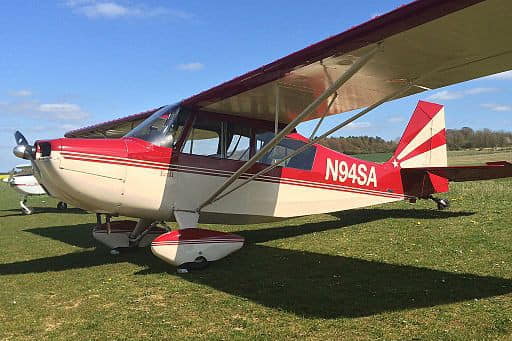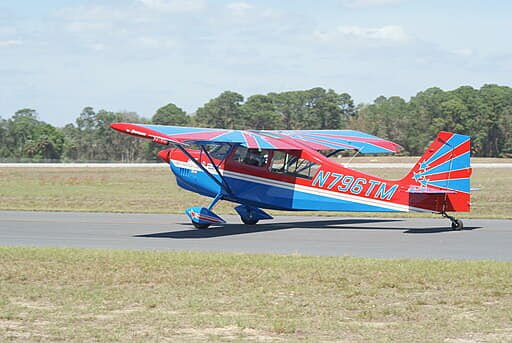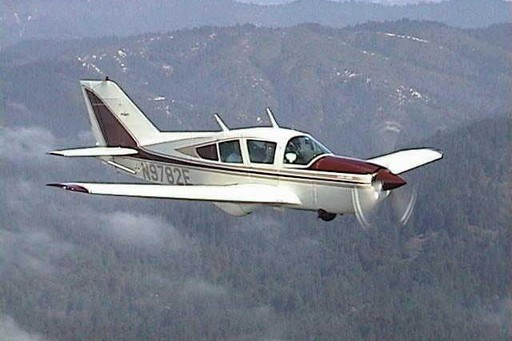Bellanca Champion Club
The Bellanca-Champion Club welcomes all owners, pilots, and enthusiasts. Whether you're a Bellanca owner or not, we invite you to join us.
The club is dedicated to the Bellanca Cruisair, Cruisemaster, Viking/Super Viking, American Champion Citabria, Decathlon, Scout, Champion, and AviaBellanca Skyrocket lines of aircraft, their furtherance, history, preservation, and maintenance.
Bellanca History
The Bellanca line of aircraft was the brainchild of Giuseppe Mario Bellanca who moved to the United States from Italy in 1911 setting up the first Bellanca factory in 1927 in Richmond Hill, New York. His designs were known for their efficiency and low operating costs. Charles Lindbergh's first choice for his New York to Paris flight was a Bellanca WB-2.
The Bellanca factory produced a wide range of aircraft over the years, but probably few are more representative of Guiseppe's vision than the Citabria, Decathalon, Cruisemaster, and Super Viking. It is for these aircraft and the rest of the Bellanca stable to which this site is dedicated.

The Bellanca series numbering comes from the wing area in square feet, dropping the final digit; the second number was the aircraft's horsepower, again dropping the final digit. A third number denoted the version within the series. So, the Cruisemaster 14-19-2 had 140sqft of wing area, with a 190hp engine, and it was the 2nd version of the series.

American Champion Citabria
Originally designed and manufactured by American Champion as a derivative of Aeronca's Champ series. The first Citabria, the 7ECA, appeared in 1964, followed by the 7GCAA and 7GCBC, and, finally the 7KCAB in 1968. Bellanca acquired American Champion in 1970 and went on to develop, from the Citabria model, the successful 8KCAB Decathlon, as well as the 8GCBC Scout.

American Champion Super Decathlon
The 8KCAB Decathlon evolved from the well-established Citabria after Bellanca acquired American Champion in 1970. Originally designed as a solid trainer and utility aircraft, the Decathlon, and its later brother the Super Decathlon, became a staple part of the aerobatic scene, as the aircraft can withstand between +6g and −5g while being highly maneuverable.
.jpg)
Bellanca Cruisemaster
The Crusiemaster Senior 14-13 was developed, post WWII from the Bellanca 14-7 Junior. It featured an enlarged cabin and a stronger 150hp engine. Later versions, the 14-19 and 14-19-2, increased the engine size to 190 and 230hp respectively. The oval endplates on the horizontal stabilizer earned it the nickname "Cardboard Constellation".

Bellanca Super Viking
The Viking range evolved from the Cruisemaster 14-19-2, changing to a tricycle undercarriage from the taildragger configuration. Its initial iteration saw it powered by a 260hp Continental IO-470, retaining the wire-braced triple-tail. The 17-30 version, with a single, conventional tail appeared in 1967; the "A" versions, along with the Lycoming IO-540 version, in 1969.

